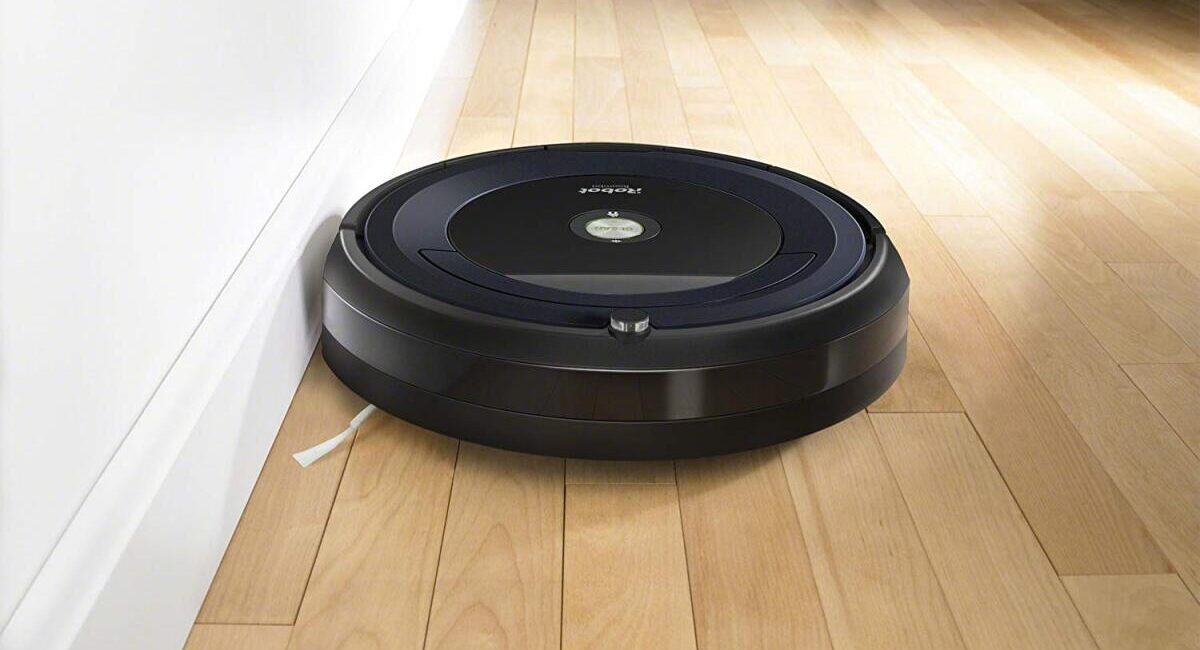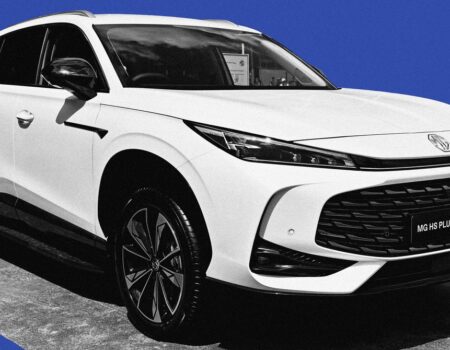This content originally appeared on Mashable for a US audience and has been adapted for the UK audience.
If you’re willing to spend the cash, a robot vacuum is a great investment. By which we mean an investment in putting your feet up and letting technology do the housework for you. We can’t think of a better use of your hard-earned money, quite frankly.
Unless you’re tech-savvy, choosing a robot vacuum cleaner to whizz around your home can be easier said that done. There are dozens of models out there, all offering variations on the same thing, but each with their own spec and features.
If the prospect of choosing a robo vac has got your head spinning, don’t worry: We’re here to help. We’re looked around and done some research on your behalf, which means even more time to put your feet up. Here’s a quick guide on robot vacuums — and our pick for the best models you can buy right now.
Are robot vacuums worth buying?
The crisp control of a regular, upright vacuum is its own particular pleasure. But if you’re someone who finds cleaning stressful, a robot vacuum could cut a major chore off your to-do list. Whether robot vacuums are worth it or not comes with a caveat: It can’t be just any robot vacuum. A cheap robovac that acts drunk — scattering dust rather than sucking, bumping into walls, getting stuck on rugs — defies the point. Robot vacuums are made to be convenient, so get one that makes life easier.
What are the most important robot vacuum features?
Here’s a rundown of essential features to consider when buying a robot vacuum:
-
App control — WiFi-enabled robot vacuums can be synced with a smartphone app to control scheduling and other features. If you’re used to asking Alexa or Google to turn off the lights or tell you the weather, a model with voice integration will blend in nicely.
-
Battery life — Larger spaces require more time to clean, which means you’ll want a battery that lasts. Run times for the list below range between 115 and 240 minutes.
-
Docking station — Many robot vacuums have a multipurpose docking station. The robovac will return to the dock automatically and self-empty its bin while also charging the battery. The docking station may double up as a bin that can hold debris.
-
Floor types & mopping — Depending on the floors you have at home, look out for models that have features for both carpet and hard floors. This may include the ability to climb up on higher pile rugs. There are also hybrid models that mop hard floors.
-
Low-profile cleaning — No one should have to be scared about what’s accumulated under their sofa over the past year. A robot vacuum measuring three inches or less in height should be able to scoot under most low-hanging sofas and beds.
-
Navigation & mapping — Every robot vacuum is equipped with sensors and drop detection. But if your home has lots of rooms, lots of turns, or lots of close-together furniture, you’ll have fewer navigation issues with an advanced model that uses intelligent mapping to remember exactly how your home is laid out.
-
Pet hair cleaning — Pet owners should consider a model with an anti-tangling roller brush, which will collect cat and dog hair while also preventing the robot vacuum from clogging up.
-
Suction power — A vacuum is the one purchase that you hope really, well, sucks. Suction power is typically measured in Pascals (Pa), usually ranging from 2,500-10,000 Pa. Stronger suction is needed to pick up heavier pieces of debris and to pull pet hair out of rugs.
Keep these features in mind when shopping around for a robot vacuum.
What is the best robot vacuum?
It’s not a one-size-fits-all situation. “Best” to someone with four dogs and lots of carpeted rooms may not mean “best” to someone with a huge house filled with wooden floors. To help make sense of the options, we’ve highlighted a broad range.
These are the best robot vacuums in 2025.








No Comment! Be the first one.